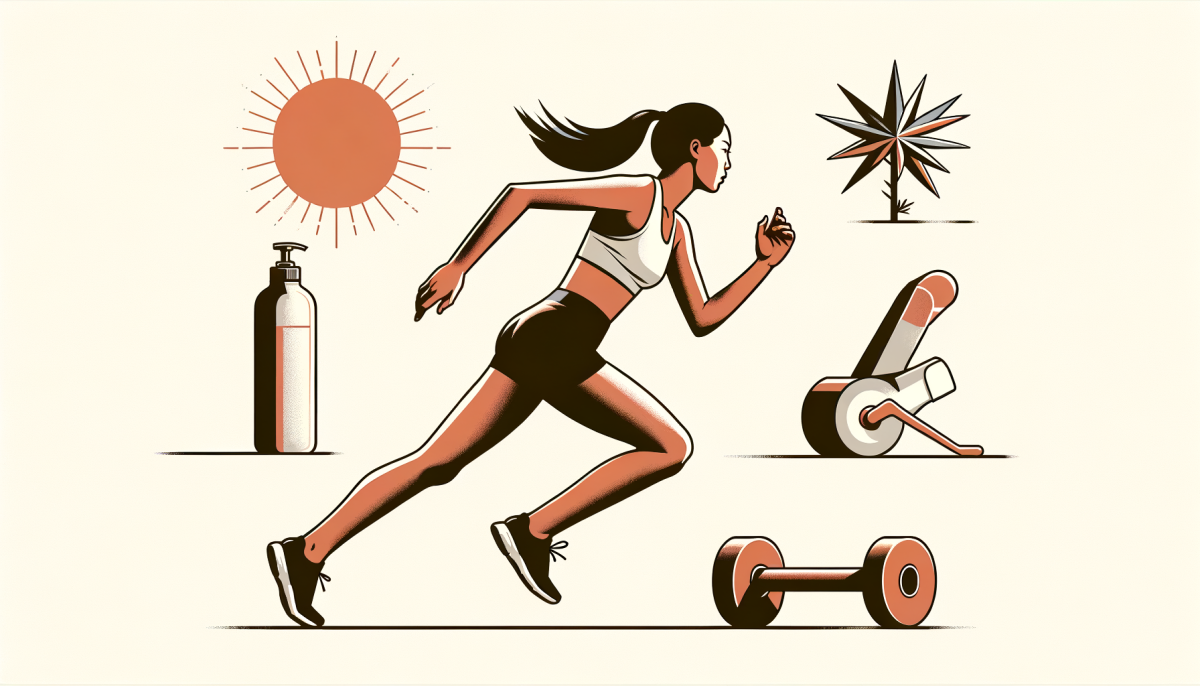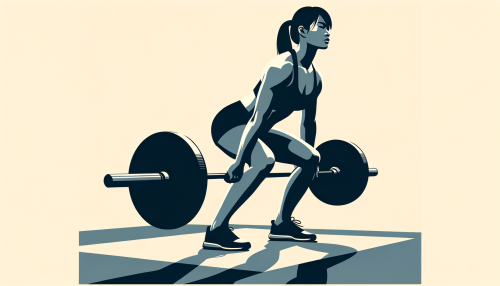Introduction
The realm of sports, while brimming with exhilaration and camaraderie, is also fraught with the potential for physical harm. The human body, though remarkably resilient, is not impervious to the strains and stresses that vigorous physical activity can impose. Sports injuries, therefore, are an unfortunate but often inevitable part of the athletic experience. This article aims to shed light on the nature of sports injuries, strategies for their prevention, and tips for recovery.
Injury Prevention Strategies

The adage, “Prevention is better than cure,” holds particularly true in the context of sports injuries. A proactive approach to injury prevention can significantly reduce the risk of harm and enhance athletic performance. This involves a multifaceted strategy encompassing proper training, adequate equipment, and a balanced diet.
Training regimens should be tailored to the individual athlete, taking into account their physical condition, sport of choice, and specific goals. Overtraining can lead to fatigue and increase the risk of injury, so it’s crucial to strike a balance between pushing one’s limits and allowing for adequate rest and recovery. Incorporating strength training and flexibility exercises into the routine can also help fortify the body against potential injuries.
Equipment, too, plays a pivotal role in injury prevention. Athletes should ensure they are using gear that is appropriate for their sport and fits them correctly. Ill-fitting or substandard equipment can not only hinder performance but also expose the athlete to unnecessary risk.
Lastly, a balanced diet is integral to maintaining a healthy body capable of withstanding the rigors of sport. Nutrient-dense foods can provide the energy needed for training and competition, while also aiding in recovery and repair.
Understanding Sports Injuries
Sports injuries can be broadly categorized into acute and chronic injuries. Acute injuries occur suddenly during activity, such as a sprained ankle or a fractured bone. Chronic injuries, on the other hand, develop over time due to repeated stress on a particular body part.
Understanding the nature and cause of an injury is the first step towards effective treatment. This often involves a thorough examination and, in some cases, diagnostic tests. Once the injury has been accurately diagnosed, a suitable treatment plan can be devised.
It’s also important to understand that the psychological impact of a sports injury can be just as significant as the physical damage. Athletes may experience a range of emotions, from frustration and anger to anxiety and depression. Therefore, psychological support should be an integral part of the recovery process.
Recovery Tips and Techniques
Recovery from a sports injury is a gradual process that requires patience, perseverance, and a positive mindset. The first step is often rest, giving the body time to heal. Depending on the nature of the injury, this may be followed by physical therapy or rehabilitation exercises to restore strength and mobility.
Pain management is another crucial aspect of recovery. This may involve medication, but non-pharmaceutical methods such as ice, heat, and massage can also be effective. It’s important to listen to one’s body and not rush the recovery process, as this can lead to further injury.
Nutrition also plays a key role in recovery. A diet rich in protein can aid in tissue repair, while carbohydrates can replenish energy stores. Hydration is equally important, as it aids in nutrient delivery and waste removal.
Conclusion
In conclusion, sports injuries are a common occurrence that can significantly impact an athlete’s life. However, with the right prevention strategies and recovery techniques, their incidence and impact can be minimized. By understanding the nature of sports injuries and taking proactive steps towards prevention and recovery, athletes can continue to enjoy their chosen sport while maintaining their physical and mental well-being.





